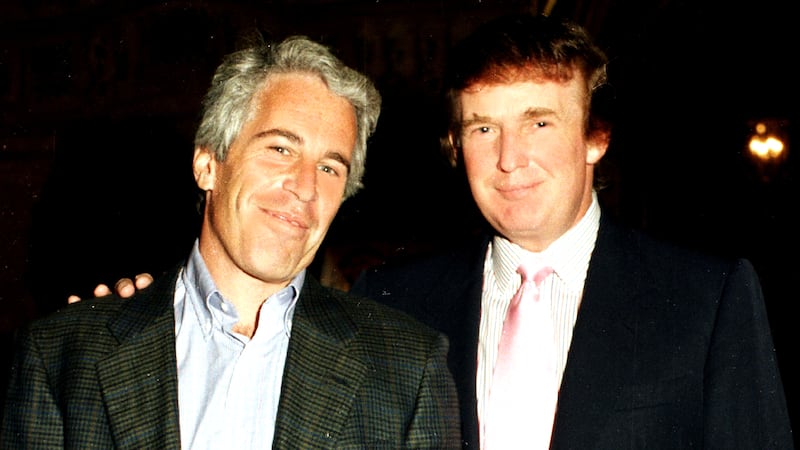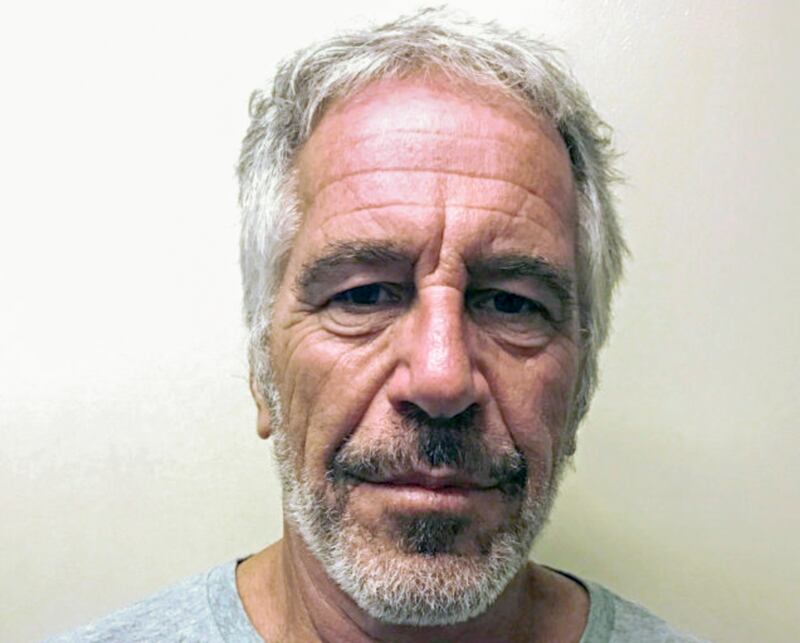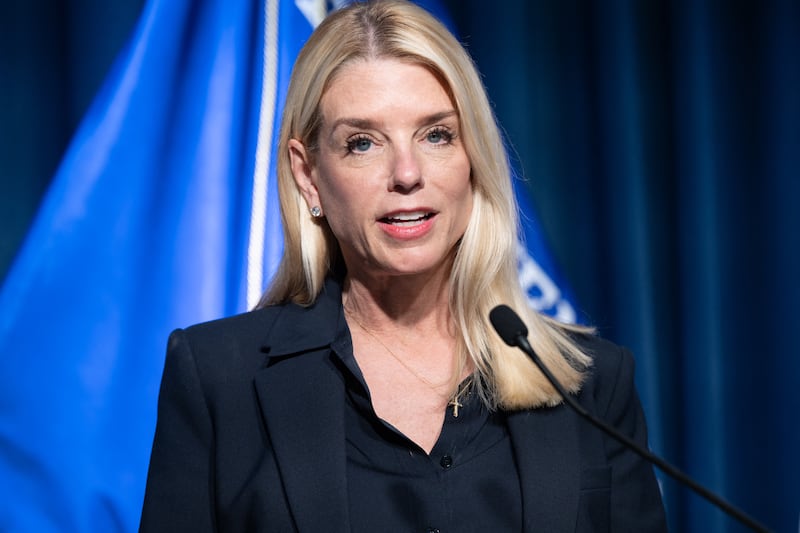The “full raw” video filmed near Jeffrey Epstein’s prison block on the night of his death was edited even more heavily than previously thought, with almost three minutes missing from the original footage.
Earlier this month, the Department of Justice released nearly 11 hours of CCTV footage taken inside the Metropolitan Correctional Center, where the disgraced financier was waiting to stand trial on charges of sex trafficking when he was found dead in his cell in 2019.
The video was meant to prove that Epstein had died by suicide, as opposed to being murdered in his cell. Some of President Donald Trump’s supporters have become enraged by the administration’s failure to provide any new revelations in the case.
But a forensic analysis by Wired magazine showed that the full and supposedly unedited footage was actually two clips edited together, with about a minute of time missing between 11:58:58 p.m. and 12:00:00 a.m.
Attorney General Pam Bondi explained away the discrepancy by saying that the system resets every night.
Now, based on newly uncovered metadata in the files, it turns out that one of the source clips was 2 minutes and 53 seconds longer than the segment included in the final video, not just 1 minute, Wired reported. The footage was cut milliseconds before the recording gap that Bondi attributed to the system reset.
The cut doesn’t necessarily mean that the time is unaccounted for in the final video, since the second clip picks up at midnight and the footage could have overlapped. But it does contradict the administration’s description of the video as being unedited.
The metadata shows the files were edited and saved several times over a period of more than three and half hours, according to Wired.

The Department of Justice and the FBI declined the magazine’s requests for comment. The Daily Beast has also reached out.
Hany Farid, a professor at the University of California at Berkeley whose research focuses on digital forensics and misinformation, told Wired following its original analysis that the footage wouldn’t hold up as evidence in court.
“If a lawyer brought me this file and asked if it was suitable for court, I’d say no. Go back to the source. Do it right,” he said. “Do a direct export from the original system—no monkey business.”
Beyond the issues raised by the metadata, Faird said the clip’s aspect ratio shifts “noticeably” at multiple points.

The footage was taken in a cell block in the Special Housing Unit where Epstein was held at the Metropolitan Correctional Center. The block is near Epstein’s cell but doesn’t show it. Instead, a common area and set of stairs leading to various “tiers,” one of which held Epstein’s cell, are visible in the back third of the frame.
The FBI found that cameras directly outside his cell had malfunctioned the night he died, on Aug. 10, 2019. According to the FBI and the DOJ, anyone attempting to access the tier containing Epstein’s cell from the common area would have been visible in the footage.
But Julie K. Brown, the Miami Herald reporter whose reporting exposed Epstein in 2017 and 2018, told CNN’s Jake Tapper on Tuesday that there were actually other entrances to Epstein’s wing besides the one shown on camera.

“It’s quite possible that someone from another part of that area could have gone up into his cell,” she said. “We don’t know because we don’t have anything on his cell door. The doors they show in that video are not of his cell.”
During his re-election campaign, Trump—who was himself close friends with Epstein for years—said he would be willing to release the FBI’s investigation files to shed light on claims that Epstein was murdered, and that he kept a list of his powerful clients.
Earlier this month, however, the MAGA faithful erupted in outrage after the Justice Department and the FBI said in a memo that there was no client list and that the evidence is conclusive that Epstein committed suicide.
Trump has begged his supporters to drop the issue, so far to no avail.








